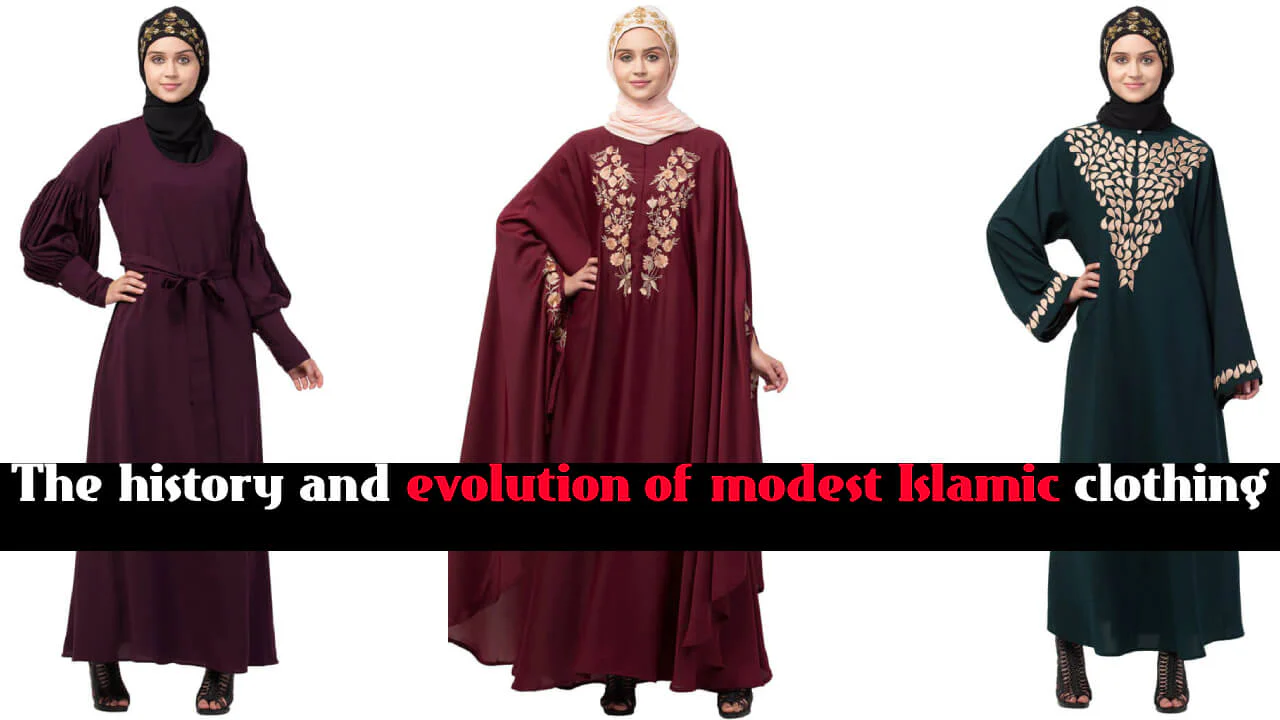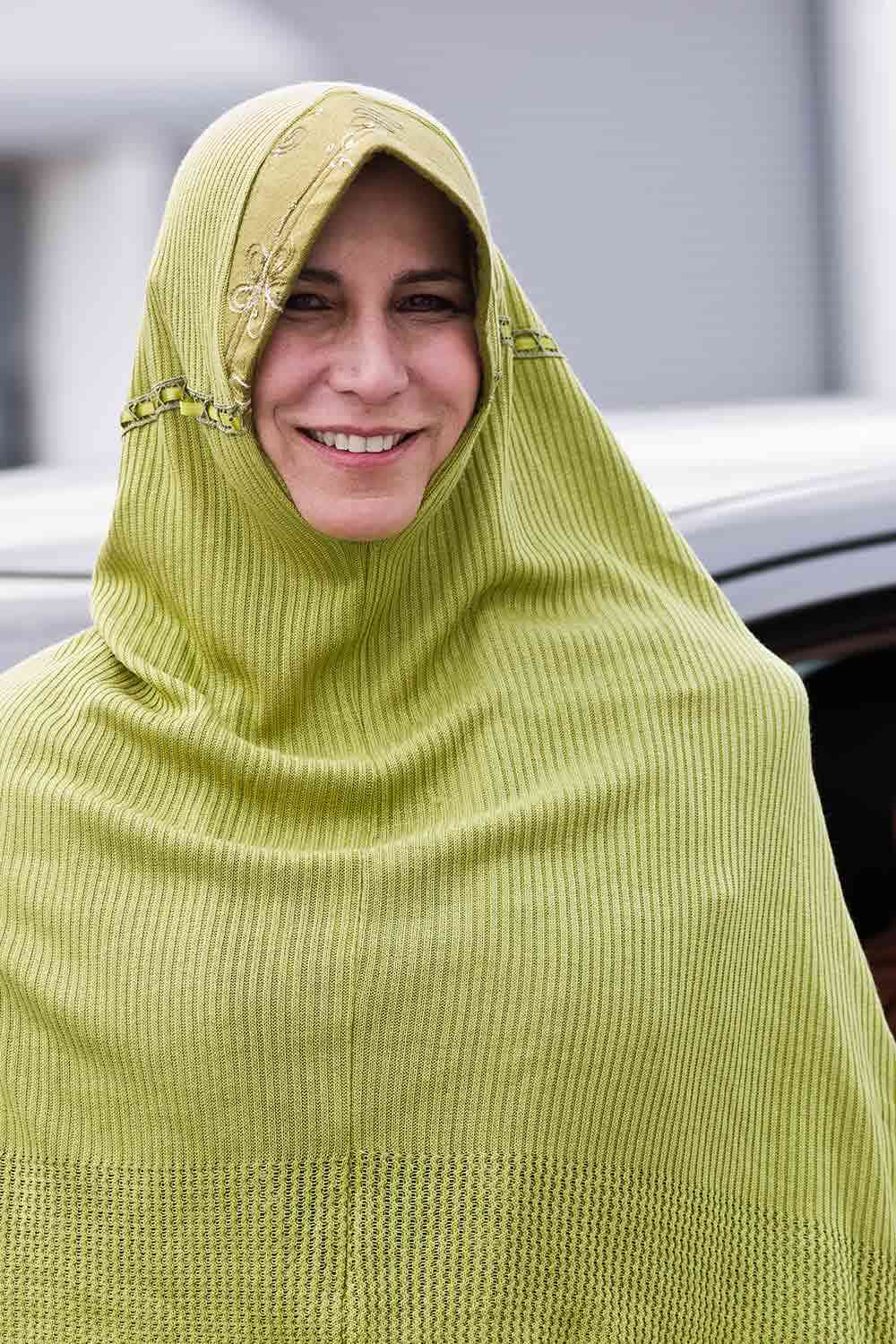
Trends in Islamic clothing
The fashion industry is ever-evolving as people continue to adapt to new fashion trends and forms as its bloodline. For instance, in the past decade, people have seen the inclusion of Muslim attire as a fashion trend that has continued to gain popularity and become acceptable as an accelerated one. In countries such as the United Arab Emirates, Egypt, Turkey, and Indonesia, designers have introduced Muslim attire to fashion ramps. In contrast, countries such as the UK and USA have opened up multiculturalism that has contributed to the spread of Muslim attire.
 Has changing times have influenced a growth in Islamic clothing to suit modern Muslims
Has changing times have influenced a growth in Islamic clothing to suit modern Muslims
The Islamic principle of modesty suggests that women’s clothing in public should cover the entire body and be designed using non-transparent fabric. In addition, Muslim attire can be classified into body and head coverings which allows a wider types of muslim womens clothing options. The most popular head coverings include a headscarf or Hijab, and the body coverings include Manteau, Abaya, and Jilbab. Although historically, Muslims have restricted the color to black for religious commitment, with time, they have accepted new cuts and colors to appeal to a larger market.
 How changing times have affected women’s fashion
How changing times have affected women’s fashion
Most Muslim women believe that Islamic attire might establish a positive impact on other’s minds to view them by their inner modesty and excellence. Also, most contemplate that wearing modern, fashionable Muslim clothes signifies their individuality with a sense of confidence, self-pride, and freedom. Their Islamic clothing decision represents their conception of social identity and religion. Surprisingly, Muslim women from states such as Mali, India, the UK, Cote D’Ivoire, Turkey, Indonesia, and Egypt can decide on their own whether to observe modest dress. In contrast, women from countries such as Iran and Yemen are supposed to wear black loose outfits, including burga and abaya, to obey their cultural and social values. That makes women undergo significant confusion between their desire for modern and fashionable clothes to convey their beauty with elegance and their idea of expressing their individualism. Currently, most protagonis Muslim women find it challenging to avoid fashion in their dressing.
At the moment, most Muslim women try to alleviate their confusion between selecting from fully covered traditional clothes and fashionable clothes by avoiding compelled options. That explains why women have started to use ornaments such as pins, broaches, Muslim attire, shoes, attractive sunglasses, and handbags of different shapes. That assists in providing a level of elegance and beauty without harming the Islamic viewpoint.
 How change in fashion has affected men and what has contributed to this change
How change in fashion has affected men and what has contributed to this change
It is not just women who are redefining Islamic fashion. Men, too, are embracing more modern and diverse Islamic clothing options. While thobes remain popular, they come in various designs and colors, catering to different tastes. This shift is a testament to the modern generation’s desire for fashion-forward options that align with their religious beliefs. The influence of Muslim celebrities, who proudly showcase their faith through fashion, has also played a significant role in this evolution. Retailers have responded to this demand, offering men a wide range of Islamic clothing. With these advancements, Muslim men and women can comfortably express their faith while embracing contemporary styles.
The topic of the traditional dress code in Islam has always been of great importance. The Islamic dress code, known as hijab, is based on modesty and reflects the core values of the religion. However, with changing times, there has been a noticeable shift in the clothing choices for modern Muslims. This change has brought about a significant growth in Islamic clothing to suit their needs and preferences. Women, who were once limited to wearing abayas and jalabiyas as traditional attire, now have various options, such as tunics, maxi dresses, and even denim jeans styled with hijab.



